Understanding the Electronic Variable Orifice
The electronic variable orifice is a great innovation in Fluid dynamics. It controls the flow of liquids while passing from different parts of industrial machinery. This technology ensures precision and efficiency and helps industries how to manage fluid flow.
The basic information about electronic variable orifices is compulsory for you if you work in automotive engineering, HVAC systems, or any other electrical field. In this article, you will explore EVO, its functions, specifications, applications, and advantages in the industrial field.
Introduction to the Electronic Variable Orifice
The main purpose of the electronic variable orifice is to control the flow of liquids with high precision. All other orifices have fixed openings, but EVO can adjust its size through electronic signals.
The traditional orifices, can’t control the flow of fluids precisely, and there were a lot of issues for workers. However, EVO promotes the flow in an optimized way.
If you integrate the electronic variable orifice into your system, you can achieve greater efficiency. It will enhance the reliability of users. It will reduce the overall energy consumption
How the Electronic Variable Orifice Works
It works according to the instructions received through electronic signals. It adjusts the size of the orifice opening according to given signals. There are several components in it, that control all the adjustments.
The microprocessor is the main thing that adjusts the size of the orifice. It receives signals from various electric sensors and processes this data to identify the required size. This is a motorized mechanism. Electronic variable orifice maintains the desired flow rate, pressure, and other parameters, without changing any condition.
Key Components
There are three major components of an electronic variable orifice.
Microprocessor
A microprocessor in EVO is the main component of EVO. We can say that it plays the same role as the brain in human beings. It receives input signals processes them and then controls the orifice size.
Motorized Mechanism
The microprocessor then sends the signals to the motorized mechanism. It adjusts the opening size of the orifice.
Sensors
Sensors provide accurate data of fluids like the pressure, flow rate, and other parameters of the liquids.
Advantages of Using an Electronic Variable Orifice
Precision Control
The Electronic Variable Orifice offers unparalleled precision in controlling fluid flow. This precision is crucial in applications where maintaining exact flow rates and pressures is essential.
For example, in automotive cooling systems, the EVO can ensure optimal engine temperatures, enhancing performance and fuel efficiency.
Energy Efficiency
It improves energy efficiency by reducing the energy consumption. By adjusting the size of the orifice, it reduces the load on pumps and compressors. This thing ensures lower operational costs and a smaller environmental footprint.
Versatility
The electronic variable orifice can be used for various components. It is used in HVAC systems and also in industrial machinery. It can change its shape according to the desired component which requires accurate and precise fluid control.
Improved System Performance
EVO Improve the overall performance of the system. It promotes optimal flow rates and pressures. It ensures the longer lifespans of electrical components. It also reduces the maintenance costs for different systems.
Applications of the Electronic Variable Orifice
Automotive Industry
In the automotive industry, the Electronic Variable Orifice is used in cooling and lubrication systems. It ensures that engines and other components operate within the optimal temperature range, enhancing performance and preventing overheating.
HVAC Systems
In HVAC systems, the EVO plays a critical role in regulating airflow and maintaining comfortable indoor environments. It adjusts the flow of refrigerants and coolants, ensuring efficient operation and energy savings.
Industrial Machinery
Industrial machinery often requires precise control of hydraulic and pneumatic systems. The Electronic Variable Orifice provides this control, ensuring the smooth and efficient operation of machines and equipment.
Medical Devices
The EVO ensures accurate fluid delivery in medical devices, such as dialysis machines and infusion pumps. This precision is vital for patient safety and the effectiveness of medical treatments.
Specifications of the Electronic Variable Orifice
Here is a virtual table outlining the specifications, functions, and prices of various EVO models:
Model | Orifice Size Range (mm) | Pressure Range (psi) | Flow Rate (L/min) | Power Supply (V) | Price (USD) |
EVO-1000 | 0.1 – 10 | 0 – 100 | 0.1 – 50 | 12 | 500 |
EVO-2000 | 0.5 – 20 | 0 – 200 | 0.5 – 100 | 24 | 700 |
EVO-3000 | 1 – 30 | 0 – 300 | 1 – 150 | 24 | 900 |
EVO-4000 | 2 – 40 | 0 – 400 | 2 – 200 | 48 | 1200 |
Installation of the Electronic Variable Orifice
Installing the Electronic Variable Orifice is straightforward but requires careful attention to detail to ensure optimal performance. Here are the general steps:
- Select the Appropriate Model: Choose the EVO model that matches your system’s specifications.
- Mounting: Secure the EVO in the designated location within your system. Ensure it is firmly attached to prevent any movement.
- Electrical Connections: Connect the EVO to the power supply and control unit. Follow the manufacturer’s wiring diagram to ensure correct connections.
- Calibration: Calibrate the EVO according to the system requirements. This step may involve adjusting sensor inputs and setting the desired flow rates and pressures.
Conclusion
The Electronic Variable Orifice is a transformative technology in fluid control systems, offering unparalleled precision, efficiency, and versatility. Its applications span various industries, from automotive to medical devices, making it a vital component in modern systems.
By understanding the functions, specifications, and benefits of the EVO, you can make informed decisions to enhance your systems’ performance and reliability.
As technology continues to advance, the EVO will undoubtedly play a crucial role in the future of fluid control, driving innovation and efficiency in countless applications.
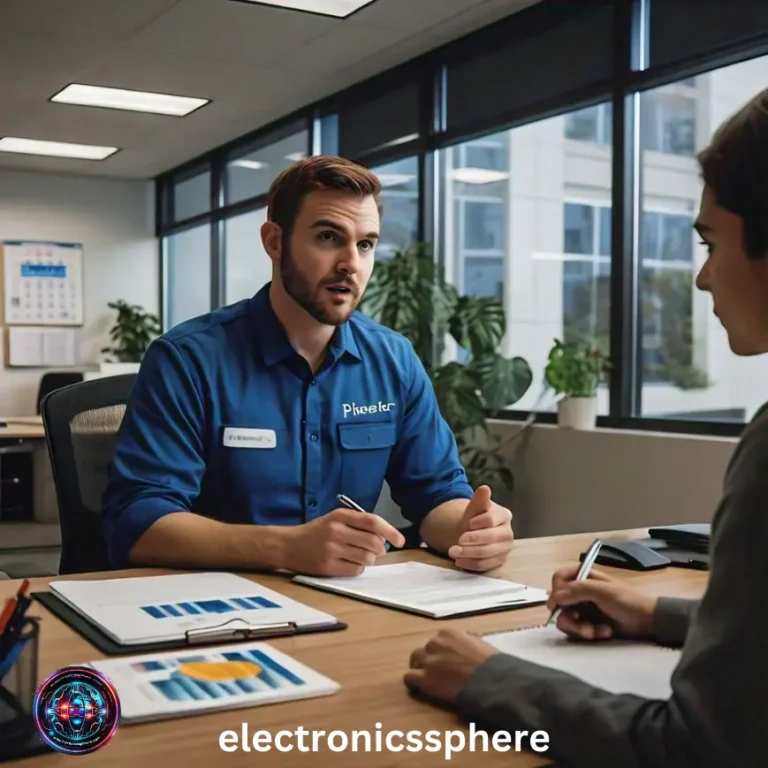
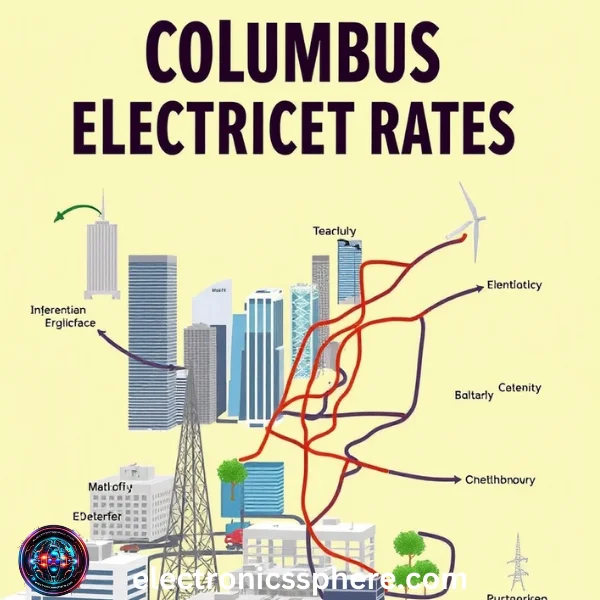
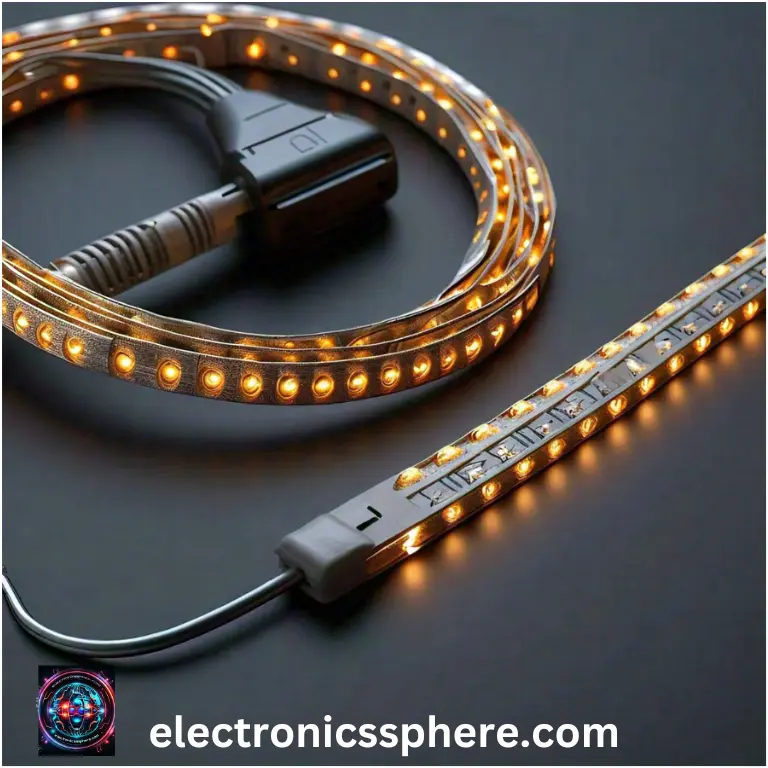
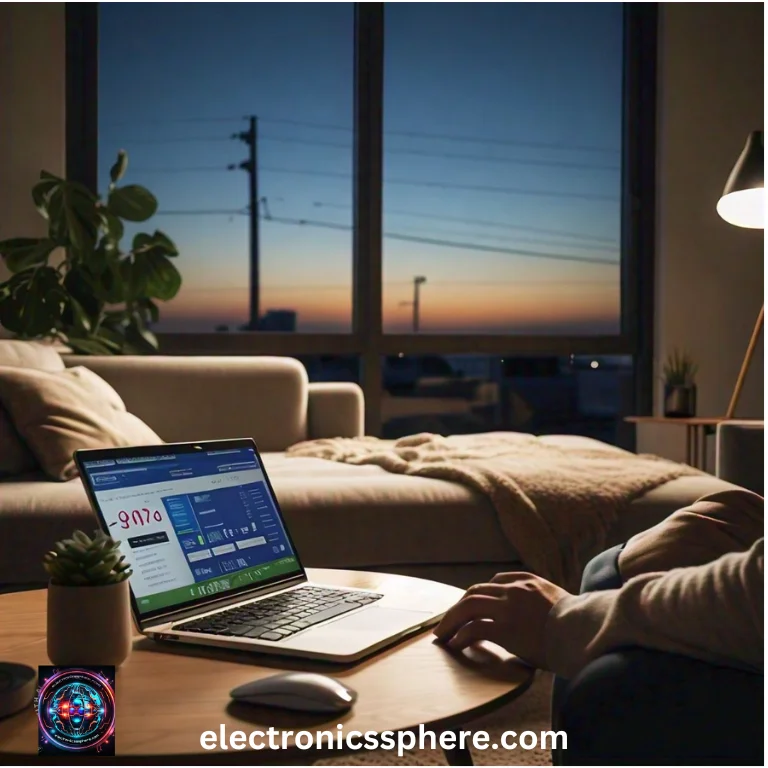

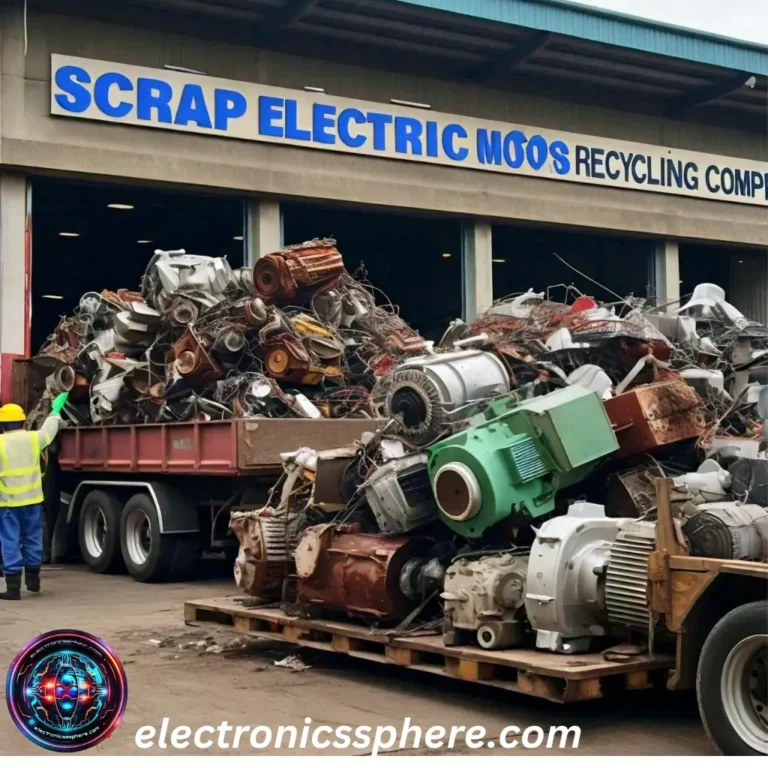
Курсы вокала: Развитие голосовых данных в школе вокала
уроки вокала для взрослых уроки вокала для взрослых .
Профессиональный монтаж сантехники: цены и критерии выбора исполнителя
сантехник цена за работу https://www.santehnik-spb-cena.ru/ .
Зип пакеты с бегунком: Экономичное и практичное решение
купить зип пакеты с бегунком оптом https://www.zip-lock-pakety.ru .
Комплексное лечение зависимости в Самаре: Услуги наркологов
клиника наркологии самара http://www.narkolog-klinika-samara-1.ru/ .
Казино Чемпион: Твой путь к миллионному джекпоту начинается здесь
casino Champion casino Champion .
Эффективный вывод из запоя в наркологическом центре: быстро и безопасно
Вывод из запоя на дому в Алматы http://vivodizzapoyaalmaty1.kz/ .
Вывод из запоя в условиях повышенной конфиденциальности
Вывести из запоя https://vivodizzapoya1.kz/ .
Преимущества анонимного вывода из запоя в клинике
Вывод из запоя на дому http://www.vivodizzapoya.kz/ .
Svai-Peresvet: сравнение винтовых свай с другими видами фундаментов
ГК Пересвет: свая винтовая цена
Круглосуточный ремонт иномарок – Срочная помощь на дороге
сервис по ремонту автомобилей иномарок https://remont-inomarok-spb.ru/ .
Cummins 6 ISBe: Двигатель, на который можно положиться
6isbe https://cummins-6isbe-1.ru .
Особенности лечения алкогольной зависимости: Вывод из запоя и детоксикация
Вывод из запоя на дому в Алматы http://vivodizzapoya.kz/ .
Вывод из запоя на дому: плюсы и минусы
Вывести из запоя на дому в Алматы http://www.vivodizzapoyavalmaty.kz .
Реабилитация в наркологическом центре Алматы: Первый шаг к новой жизни
Кодирование от алкоголизма Алматы https://vivodizzapoyanadomu.kz/ .
Эффективная логистика — Доставка товаров из Китая в Казахстан без лишних затрат
доставка из китая в алматы https://www.perevozki-kitai-kazahstan.ru/ .
Элитные шубы из норки и соболя: Ощутите утонченность и великолепие натурального меха
шубы в москве https://www.shuby-premium.ru .
УФ печать на акриле: профессиональные решения для вашего бренда
печать на акриле https://www.shirokoformatnaya-uf-pechat.ru/ .
Создайте уникальный интерьер с нашей УФ печатью на дереве: Креативные идеи для вашего бизнеса
фото на дереве цена http://www.pechat-derevo.ru .
Топ-10 лучших пансионатов для пожилых людей в вашем регионе
пансионат для проживания пожилых людей https://www.pansionaty-dlya-pozhilyh2.ru .
Почему дом престарелых – это заботливое место для ваших близких
дом для пожилых людей https://doma-prestarelyh2.ru/ .
Как чистка лимфы солодкой и полисорбом помогает организму: отзывы
полезные статьи о здоровье и медицине https://www.clinika-moscow.ru .
Роскошные шубы из соболя: как выбрать модель, которая будет радовать вас каждую зиму
купить шубу соболиную http://www.shuby-sobol.ru .
Топ-5 самых популярных зимних подарочных наборов этого года
Подарочные наборы для сыра https://gift31.ru .
Где найти специалистов по вскрытию замков в Санкт-Петербурге
меттэм официальный сайт замки меттэм официальный сайт замки .
Винтовая свая 57 мм: как выбрать поставщика и на что обратить внимание
свая винтовая 57 2000 свая винтовая 57 2000 .
Как улучшить когнитивные функции с ноотропами от магазина Биохакер Хост
Biohacker Host: ноотропы купить в Москве
Как выбрать агентство для продвижения сайтов: советы и рекомендации
продвижение seo prodvizheniesajtov1.ru .
Преимущества ортопедических матрасов для здоровья и хорошего самочувствия
ортопедические матрасы в москве купить ortopedicheskij-matras-moskva-1.ru .
Производство и продажа картонных коробок для переездов и хранения
коробки от производителя в москве https://kartonnye-korobki77.ru/ .
Центры суррогатного материнства в Москве: помощь в создании семьи
стоимость услуг суррогатной матери в москве https://www.surrogatnoe-materinstvo-msk.ru .
Где купить флис: советы и рекомендации
флис оптом купить москва http://www.flis-optom77.ru .
Купить флис для зимней одежды: большой выбор цветов и фактур
флисовая ткань купить в москве https://www.flis-optom99.ru .
Клиника наркологии Самары: помощь при алкогольной и наркотической зависимости
наркологическая клиника официальный сайт https://www.narcologicheskaya-clinika-samara-2.ru .
Купить двигатель Cummins M11 для промышленной техники: гарантия надежности
камминз м11 плюс http://dvigatel-cummins-m-11.ru/ .
Запчасти на ВАЗ с гарантией: качественные детали для вашего авто
запчасти автоваз https://www.zapchasti-vaz1.ru .
Качественные детские матрасы: широкий выбор по доступным ценам
матрас кокос детский http://www.detskij-matras-moskva.ru/ .
Преимущества лизинга для владельцев коммерческого автотранспорта
лизинг коммерческих автомобилей https://kommercheskij-transport-v-lizing0.ru .
Алкоголь с доставкой на дом: быстрый и удобный сервис
доставка алкоголя москва доставка алкоголя москва .
Круглосуточная доставка алкоголя на дом: ваш любимый напиток в любое время
доставка алкоголя на дом москва https://dostavka-alkogolya-moskva-world-1.ru .
Займы без отказа онлайн на карту: мгновенное одобрение
займы без отказа онлайн круглосуточно https://dengikz.online/ .
Cummins M11: идеальные двигатели для сельскохозяйственной техники
двигатель каменс м 11 http://www.dvigatel-cummins-m-11.ru .
Бытовки для рабочих: надежные и комфортные решения
бытовка зимняя http://bytovki-moskva0.ru/zimnyaya-bytovka/ .
Каркасные дома под ключ: экономичное решение для вашего участка
каркасные дома санкт петербург karkasnye-doma-spb1.ru .
Best Custom Stamp Maker Online: Design Your Stamp in Minutes
online stamp maker free http://www.stamp-maker-online.ru .
Ортопедические беспружинные матрасы: инновации для вашего здоровья
купить беспружинный матрас недорого https://bespruzhinnye-matrasy-kupit.ru .
Kugoo V3 Pro: электровелосипед для городских условий с длительным сроком службы
куго в3 про купить kugoo-v3-pro.ru .
Экран для проектора: качество изображения на высшем уровне
экран для проектора https://www.ehkrany-dlya-proektorov-1.ru .
Пансионаты для пожилых с медицинской поддержкой: лучший выбор для вашего близкого
пансионат для лежачих больных недорого https://pansionaty-dlya-pozhilyh3.ru/pansionaty-dlya-lezhachih-bolnyh/ .
Оригинальные автозапчасти для иномарок: гарантия качества и долговечности
запчасти для иномарок купить https://avtozapchasty-dlya-inomarok.ru/ .